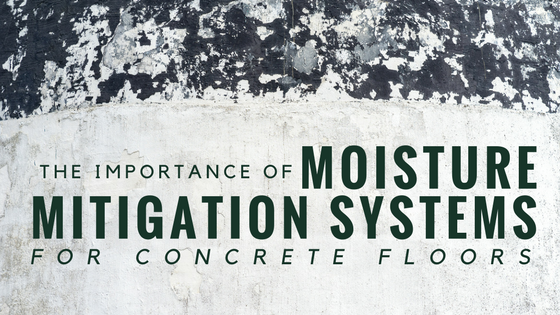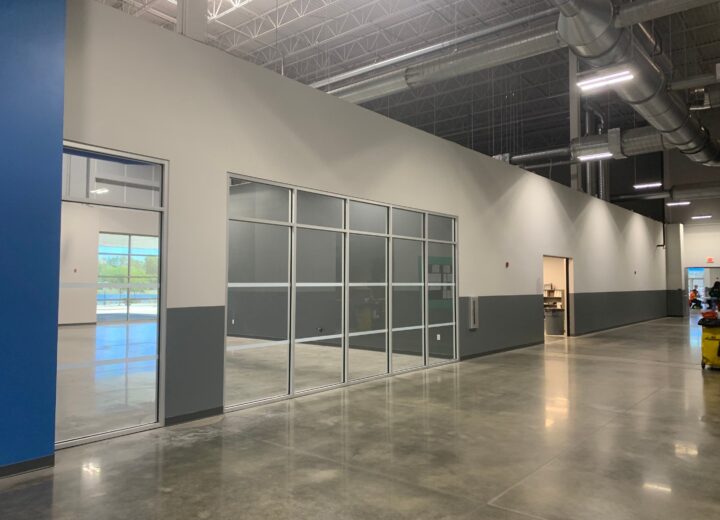
Concrete slabs are common foundation elements in many buildings, ranging from homes to commercial and industrial facilities. But the problem with this material isn’t only that it takes a long time to cure and dry; moisture can also remain trapped when impermeable floor finishes are installed on top of insufficiently dry slabs.
Furthermore, if the concrete slab isn’t protected with subgrade vapor retarders, it will absorb moisture from the underlying ground. Moisture emissions from a slab can cause a variety of costly problems, including bubbling and blistering in floor finishes, adhesive failure, proliferation of mildew and mold, and even structural damage.
Currently, builders use different moisture mitigation systems, proprietary mixes, and finishing techniques to ensure a rapid curing and drying process, and prevent moisture from migrating upward. Furthermore, industrial painting contractors can also recommend a series of complementary solutions to help building owners avoid moisture-related problems in certain floor finishes, including epoxy floors.
Surface Membranes
Over the years, surface membranes, such as epoxy-based vapor retarders, have been successfully used to inhibit moisture emissions from concrete slabs, as well as limit and eliminate moisture migration within floor systems. These retarders are also used to improve the adhesion between concrete slabs and floor finishes.
A critical characteristic that should be considered when specifying vapor retarders is the permeability rating. According to industrial painting contractors, this rating indicates the material’s ability to limit the amount of moisture that can pass through it.
Using vapor retarders specifically developed to stop moisture migration in concrete floors and installing them in accordance with manufacturers’ instructions is one of the most effective ways to prevent premature floor failure.
Concrete sealers
In some situations, concrete sealers can deliver an excellent proactive solution. Used on existing or new concrete, these sealers penetrate deeply into the capillaries and pores of the surface, and create a long-lasting waterproof barrier within the concrete floor. Because moisture tends to move from high to low concentration areas within a floor system, applying the right concrete sealer will interrupt this process. As a result, these sealers can prevent moisture-related damage in concrete floors.
Special Additives and Admixtures
In addition to subgrade vapor barriers, builders can use concrete mixes enhanced with additives that can accelerate drying and curing times, hydrating materials that increase the amount of self-desiccation, and different admixtures that allow industrial painting contractors to skip additional topical treatments before installing floor finishes. Although these products may not prevent all future moisture-related failures in floor finishes, some of them are very effective in reducing moisture emissions from slabs, and achieving proper adhesion between concrete slabs and floor finishing systems.
Ensuring Adequate Moisture Levels in the Concrete Floor
To ensure that a concrete slab has dried to the appropriate moisture level for the installation of a floor finish, adequate testing is necessary. The relative humidity (RH) test is one of the most reliable methods that can assist in determining when the concrete slab is ready for the installation of the floor finish, as well as in selecting the proper treatment and floor finish for each project.
For a durable floor finish, industrial painting contractors must carefully plan for potential moisture-related problems before recommending a specific flooring product. Insufficient planning can exponentially increase the risk of future floor failures, which are often followed by costly repairs and prolonged downtime.
Considering that billions of dollars are spent every year to repair moisture-related damage in floor finishes, the importance of using adequate moisture mitigation systems and floor finishes cannot be denied. When the right products are used, the floor finish can last for many years, even in harsh operating conditions.






